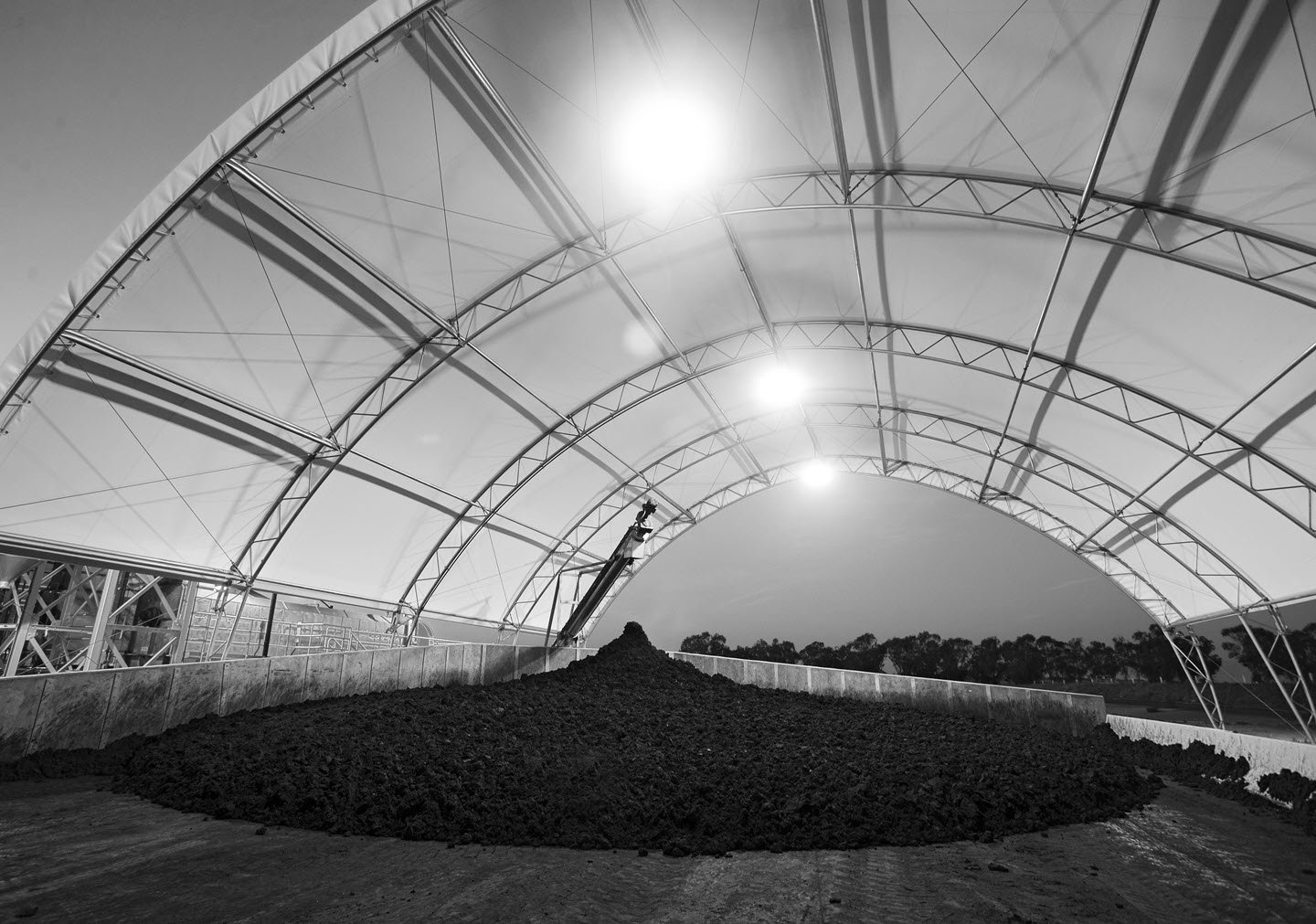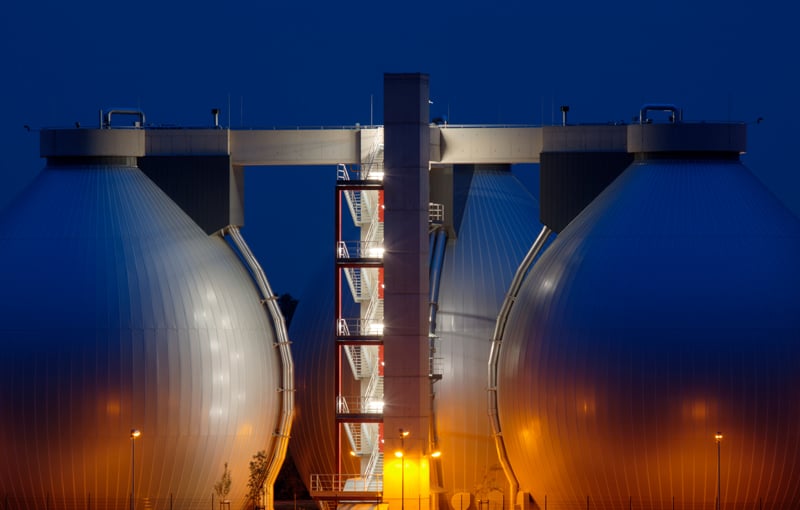
Biosolids Resource Recovery
Through biosolids management, solid residue from wastewater treatment is processed to reduce or eliminate pathogens and minimize odors, forming a safe, beneficial agricultural product. Biosolids are carefully monitored and must be used in accordance with regulatory requirements.
Featured Biosolids Resources
The featured resources below are just a sample of everything WEF has to offer. Search our entire website and technical resource database for more. Also, check out the Biosolids Resources website for additional information.
Biosolids National Convening
Get the results of this strategic conversation among biosolids practitioners and experts on how to prepare for the future, position programs to address current and emerging challenges, and take advantage of opportunities.
Biosolids Communication Toolkit
This comprehensive toolkit is a resource for communicating about biosolids in ways that are factual, science-based, and easily understandable by those who might be hearing about biosolids for the first time.
PFAS Cost Analysis Technical Report
This technical report, Cost Analysis of the Impacts on Municipal Utilities and Biosolids Management to Address PFAS Contamination, examines the effects of PFAS policies and regulations on municipal utilities and biosolids management entities.
Wastewater Treatment Fundamentals II
Subtitled, Solids Handling and Support Systems, this resource covers all aspects of solids handling and support systems and helps operators prepare for the first three levels of certification examinations.

Find the Biosolids Communities You Need
RESIDUALS AND BIOSOLIDS COMMUNITY (RBC)
The RBC develops and promotes cost-effective practices and policies in biosolids and energy technologies associated with municipal, agricultural, and industrial wastewater residuals for the protection of the environment. RBC advances the industry through recruiting, mentoring, and developing the residuals and biosolids profession.
Join RBCAIR QUALITY AND ODOR CONTROL COMMUNITY
This community shall develop, recommend, and conduct programs to promote general improvement in reducing air quality and odor emissions impacts related to water quality, biosolids handling, treatment and disposal, and wastewater treatment and collection.
Join the Air and Odor Control CommunityJoin or Renew Your WEF Membership Today
Be part of the community powering clean water and public health. Explore member benefits and find the right fit for you.
Visit Our Community Platform
This virtual workspace, called WEFUnity, empowers WEF members to network and collaborate in an online environment.
See What's New on WEFUnityEXPLORE ALL PRACTICE AREAS
WEF is a source of high-quality technical resources featuring the latest research, news, and education. WEF's members and other credible resources have created and compiled this information into the Practice Area groupings listed in the dropdown menu.
Test your knowledge of wastewater and laboratory with a 10-question, multiple-choice quiz. Quizzes incorporate math, safety, and various other topics to help you test, maintain, and advance your wastewater knowledge.









